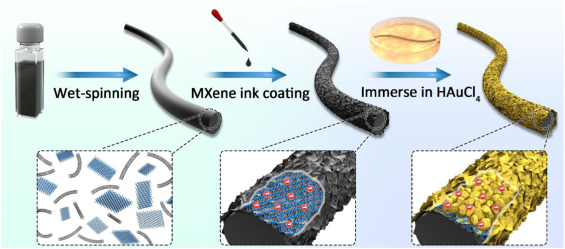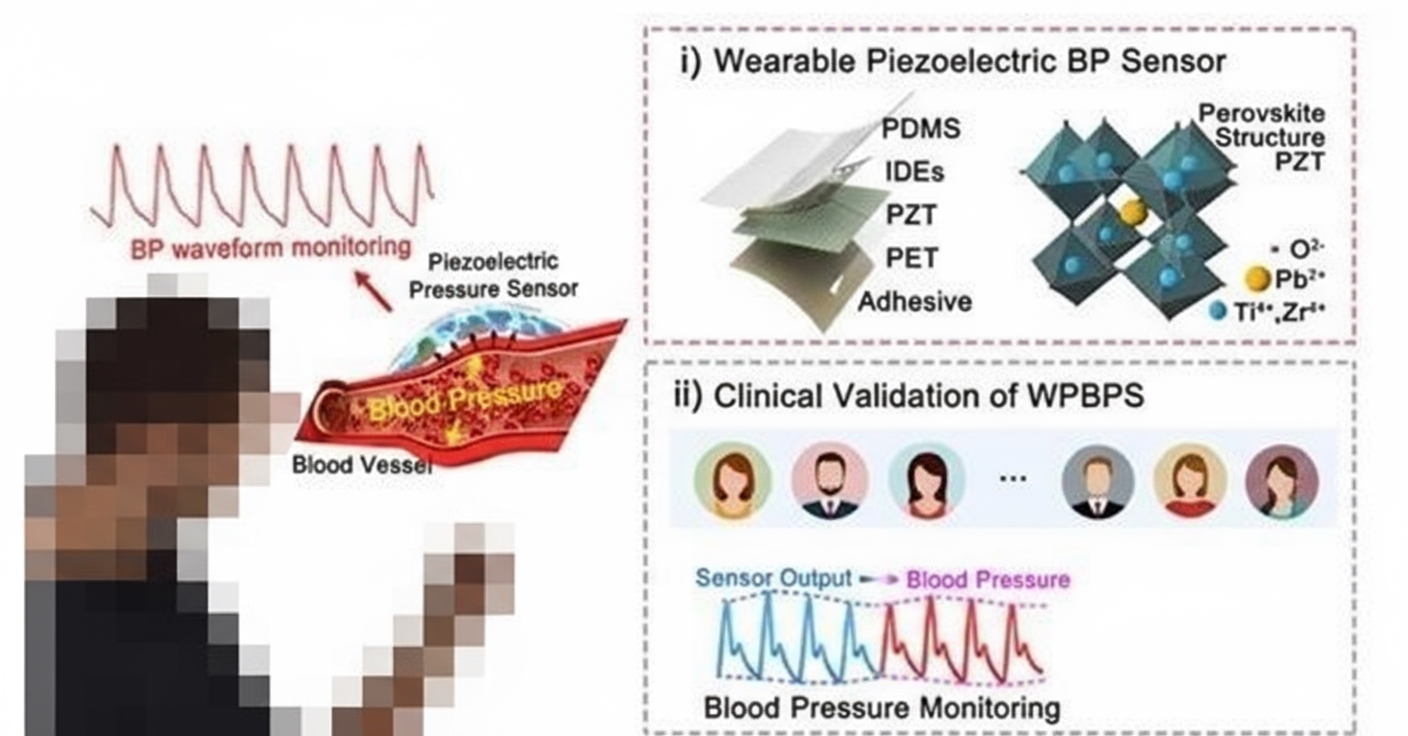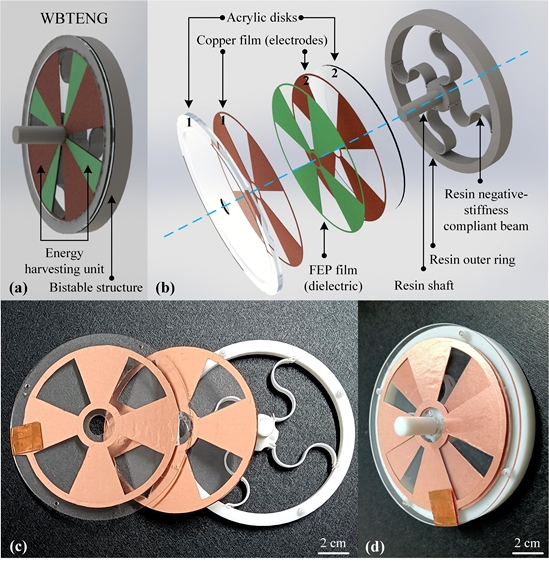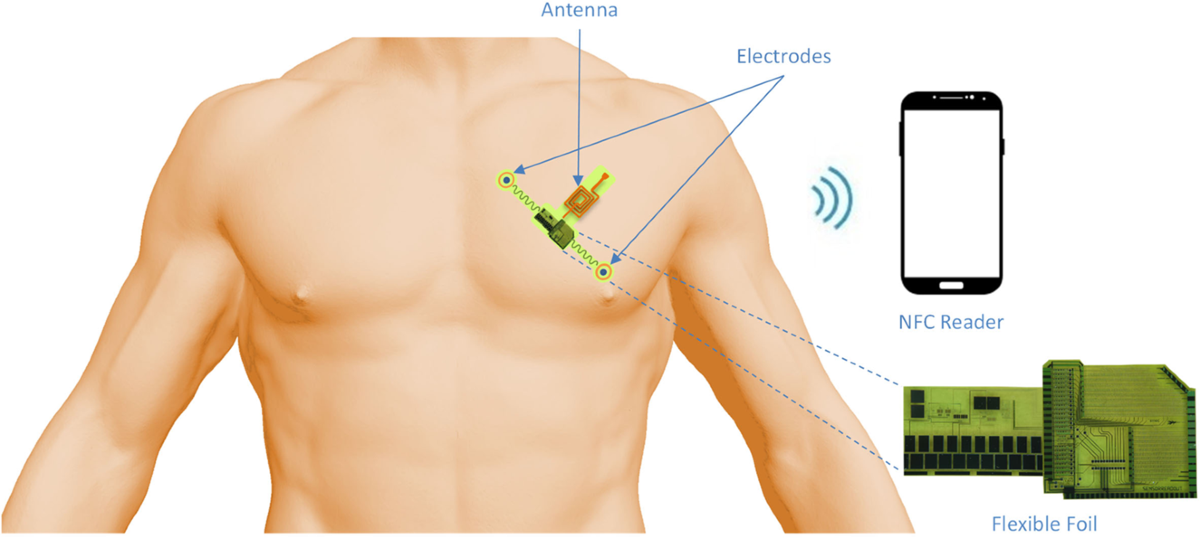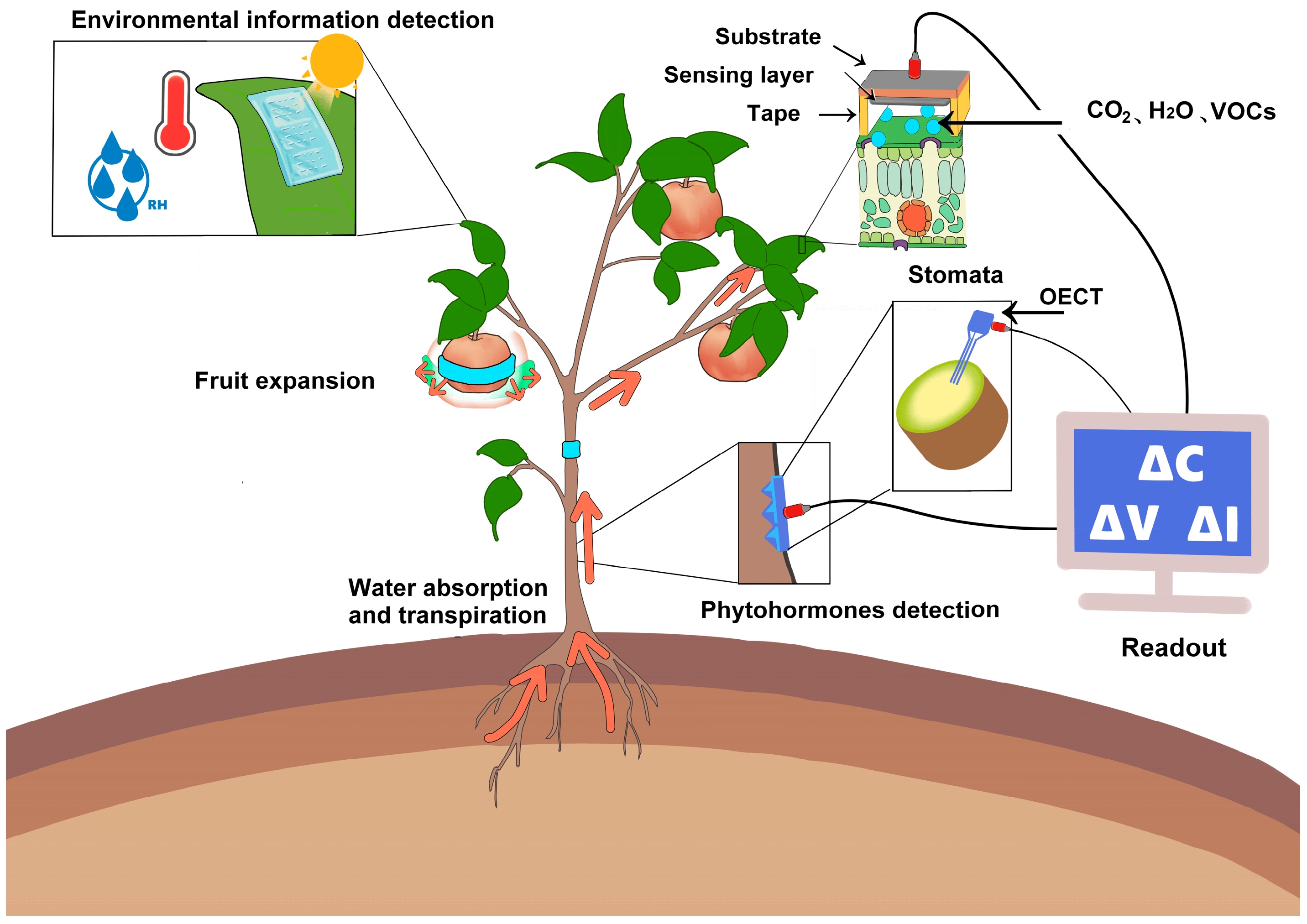Overview
One trend in flexible electronics is wearable integration, with emphasis on flexibility, comfort, and breathability. Fiber-based electronic devices have attracted attention because of their high flexibility, light weight, and weavability. However, existing fiber-based devices still face limitations, such as increased likelihood of failure during long-term use due to environmental exposure.
Material and Device Concept
A research team at the University of Science and Technology Beijing developed a silk fibroin-based, stretchable, degradable MXene/silk nanocomposite conductive fiber (Ca@MSNFs) with repairability and antifreeze properties. These conductive fibers can be assembled into humidity sensors and strain sensors, showing promise for human health monitoring applications.
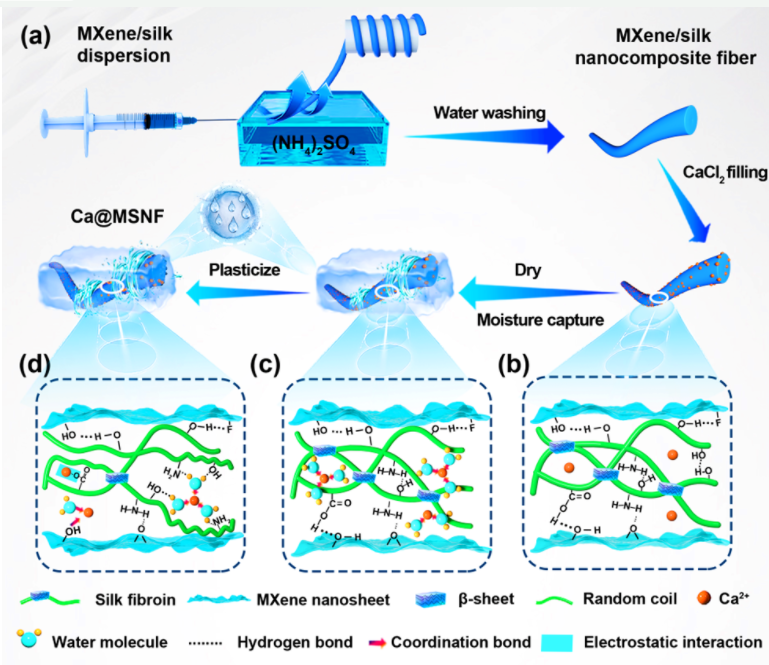
Structure-Property Relationships
The researchers found that Ca@MSNF performance depends on CaCl2 and MXene content and on ambient humidity. At higher humidity, Ca2+ exhibits strong water uptake, allowing Ca@MSNFs to absorb water molecules from air. This alters silk fibroin crystallinity and secondary structure, imparting stretchability. X-ray diffraction and Fourier transform infrared spectroscopy indicate that introducing Ca2+ reduces beta-sheet content in silk fibroin and increases random coil structures.

Repairability, Antifreeze Behavior, and Degradability
Multiple dynamic interactions among silk, MXene, Ca2+, and H2O, including hydrogen bonds and coordination bonds, provide Ca@MSNFs with good repairability. Strong hydration of Ca2+ disrupts ordered arrangement of water molecules, lowering the freezing point of water within Ca@MSNFs and delivering antifreeze behavior. Degradation tests show that when the conductive fibers are immersed in a papain solution, the fibers gradually degrade, avoiding environmental pollution and damage.
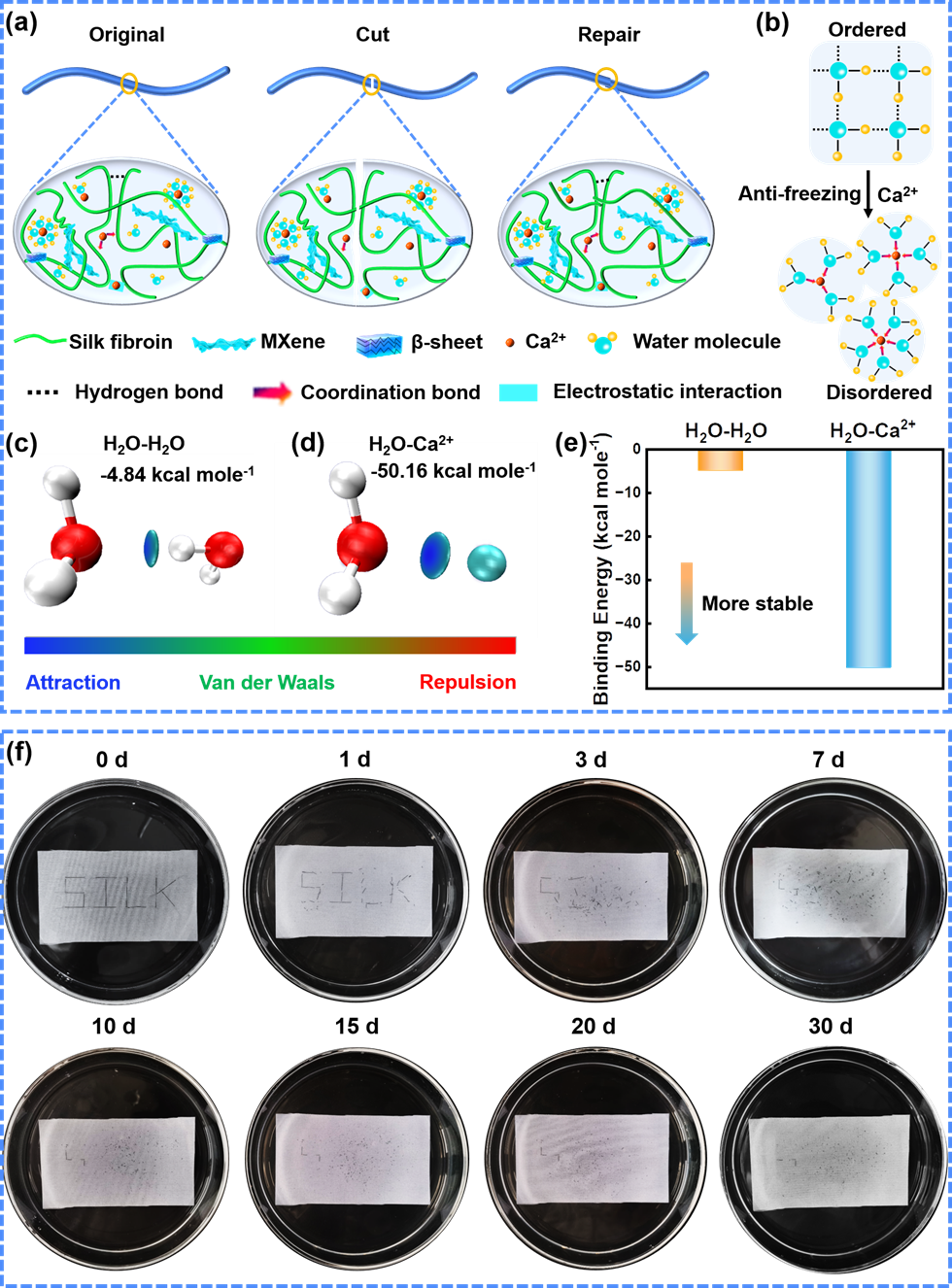
Significance and Publication
This study, based on a hygroscopic salt plasticization strategy for silk fibroin, produced stretchable, degradable, repairable, and antifreeze fiber sensors and offers a new approach for developing advanced functional materials for healthcare. The results were published as "Hygroscopic MXene/Protein Nanocomposite Fibers Enabling Highly Stretchable, Antifreezing, Repairable, and Degradable Skin-Like Wearable Electronics" in ACS Materials Letters.
 ALLPCB
ALLPCB


